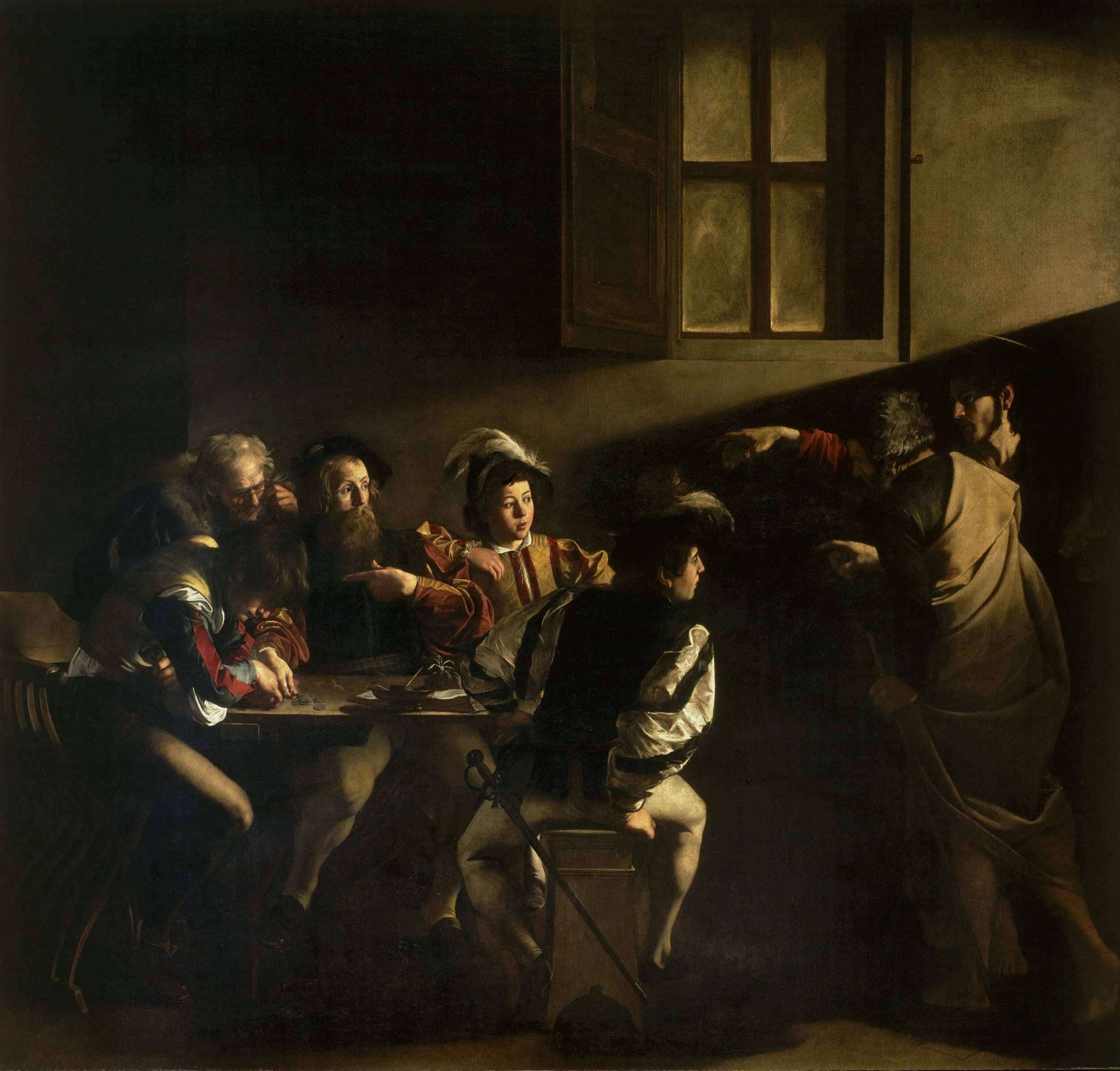BLOG
November 11th, 2024
Here is a rapid firer reminder of who I am. I have been making art in North Dakota consistently ever since I was in preschool. I fell in love with making art in the meditative boredom of car rides, being trapped in doors during the bone chilling winters, and in science classes. I became the “art kid” in middle school where I learned about the wonder of Surrealism, then I was the artist-wrestler in high school. After this I got my Bachelors in Fine Arts, left my religion, then I moved to Tennessee where I got my Masters in Studio Arts, and likewise became engrossed in the politics of images unintentionally and the underlying philosophy of images intentionally. I have been known to make bizarre dreamscapes, controversial ones, and a few of beauty — or at least I hope. I have always loved the great artists from the High Renaissance and Baroque as well as Surrealists. For the past few year a couple of my primary influences have been Hieronymus Bosch and Peter Paul Rubens. I am considering writing about my journey ideologically from Undergrad to the present and how that is connected to different artists. If you’d like to see that article come to life …
Currently, I am making art and teaching in Texas.
Conversion and Martyrdom in Caravaggio’s Matthew Paintings
Read this great article by my friend, Amelia Sims Mckee who writes on art history.
Letter for St. Michael’s Parish Bulletin
When I first heard that Father Courtright wanted to paint the stations of the cross at St. Michaels I was hesitant. Born and raised in Grand Forks, St. Michael’s has always been my understanding of what a Catholic Church should look like. I used to look up at those statues in awe and wonder, but I’d also be trying to comprehend them. As I engaged with their shapes of light and shadow I thought of them as being quite abstract like otherworldly forms. I did not see them as scenes of the passion of Christ. I saw the stations the way I was inclined to. Similarly, Father pointed out that in the first station, the club looks like a baseball bat. After considering the importance of witnessing Christ’s passion, I knew they needed to be painted.
When I was a teenager kneeling in St. Michaels, I distinctly remember asking God to make me an artist who was good enough to do something for a church like this one. This church has had profound impacts on me both consciously and unconsciously as an artist. While completing my Masters in Art, I tried to figure out where my stylistic inclinations came from. I realized it was from St. Michael’s and in particular its stained glass windows. I read that the founder of the Chicago workshop, Munich Studios, was influenced by Renaissance artists such as Bellini, Tintoretto, and Titian. It is no wonder they are some of my favorites as well. I revere the windows in this church and am influenced by them every time I gaze at them. As I paint the stations of the cross I am not worried about distracting from them because how could I!? Powered by the sun they are too big, powerful, and beautiful to be distracted from even by a movie screen. Instead of worrying about being a distraction, I consider how I can compliment the windows through color. The windows depict scenes of joy and revelation, thus their colors are bright and royal. The stations depict a somber subject, thus I tone them down and give them melancholic colors such as jewel tones.
It has been a spiritual experience painting in the basement of the church. I get to be near weddings, funerals, Mass, adoration, and all the wonderful people that find opportunities for service and community through the church. St. Michael’s is certainly alive! It’s been a joy to talk with people that stop by to visit. What more can an artist want than to have their work be seen and discussed? I wouldn’t have this opportunity if it weren't for the generous donations of parishioners. I can’t think of a better recipient of art than the people looking to beautify their church. Many of the most famous artworks were paid for not by the church, but by parishioners, such as how Giotto was commissioned by a wealthy banker for his landmark paintings in the Scrovegni Chapel or how the Painted Churches in Texas were funded by and painted by the immigrants that moved there from Germany and the Czech Republic.
I am not Giotto, but I recognize the sacredness of this task. With that in mind, I want to say thank you for trusting me with this project in our beautiful church. I hope you’re praying that I complete it the way God desires!
William Rerick

